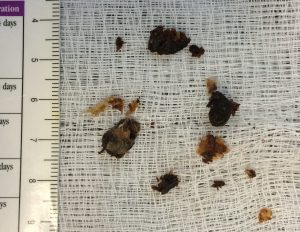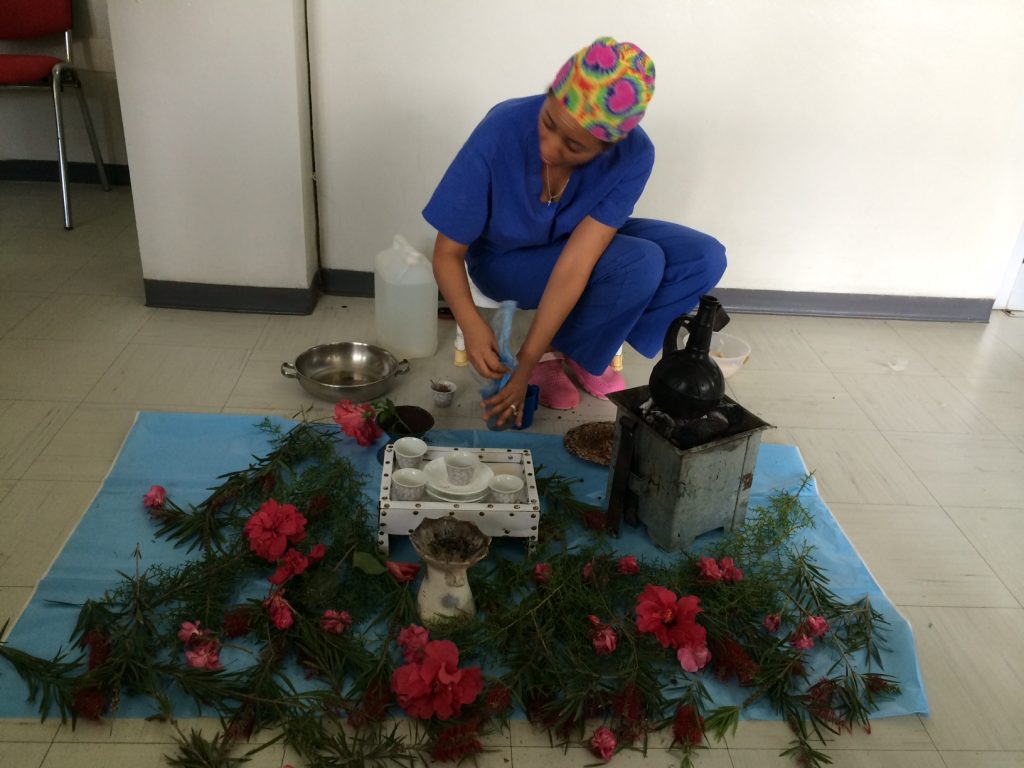Q-tip brand Q-tips made by Unilever should not be used in the ear canal, period. On Unilever’s website, it reads, “To clean your ears, stroke Q-tips cotton swabs gently around the outer ear, without entering the ear canal.”
This begs the question: Why does everyone (well nearly everyone) put Q-tips in their ear canal?
 At least one patient a day asks me, “So what are they for if not for the ear canal?” when I tell them not to put the Q-tips in their ears. I believe cotton tip applicators are a major contributor to ear canal infections, also known as “swimmer’s ear”. “How?” you ask? Easy. The Qtip abrades the ear canal and bacteria that is on the skin is able to get into the irritated skin and infect it. If you really need to know why Q-tips are made, feel free to browse the Qtip website http://www.qtips.com/ for timely, exciting projects to use your Qtips for!
At least one patient a day asks me, “So what are they for if not for the ear canal?” when I tell them not to put the Q-tips in their ears. I believe cotton tip applicators are a major contributor to ear canal infections, also known as “swimmer’s ear”. “How?” you ask? Easy. The Qtip abrades the ear canal and bacteria that is on the skin is able to get into the irritated skin and infect it. If you really need to know why Q-tips are made, feel free to browse the Qtip website http://www.qtips.com/ for timely, exciting projects to use your Qtips for!
 Along those lines, many people come to their ENT doctor each day because their ears are clogged with wax, also known as cerumen. Since people incessantly shove these cotton tips beauties in their ears, (which packs the cerumen in), they have to come in to have it removed.
Along those lines, many people come to their ENT doctor each day because their ears are clogged with wax, also known as cerumen. Since people incessantly shove these cotton tips beauties in their ears, (which packs the cerumen in), they have to come in to have it removed.
Take a look at this picture of all the cerumen that I removed from this guy’s ear canal! Remind you of Shrek? I realize that this blog is a family friendly blog, but if I have to see it — so do you.
On a different note …

I wanted to show you all some great pictures of my medical mission trip to Mekele, Ethiopia. You cannot miss this beautiful country if you travel to Africa. It is so beautiful and the people are as nice there as anywhere in the world.
This young lady is preparing the most delicious coffee you’ve ever tasted. Were you aware that Ethiopia is the birthplace of coffee?
In the 10th century, Ethiopian mountain people are thought to have been the first to recognize that coffee had a stimulating effect. They didn’t drink the coffee though; they ate the red cherries directly from the tree. Coffee then spread throughout the Middle East, beans spread to Europe. Ultimately, coffee made it to Indonesia and the Americas.
